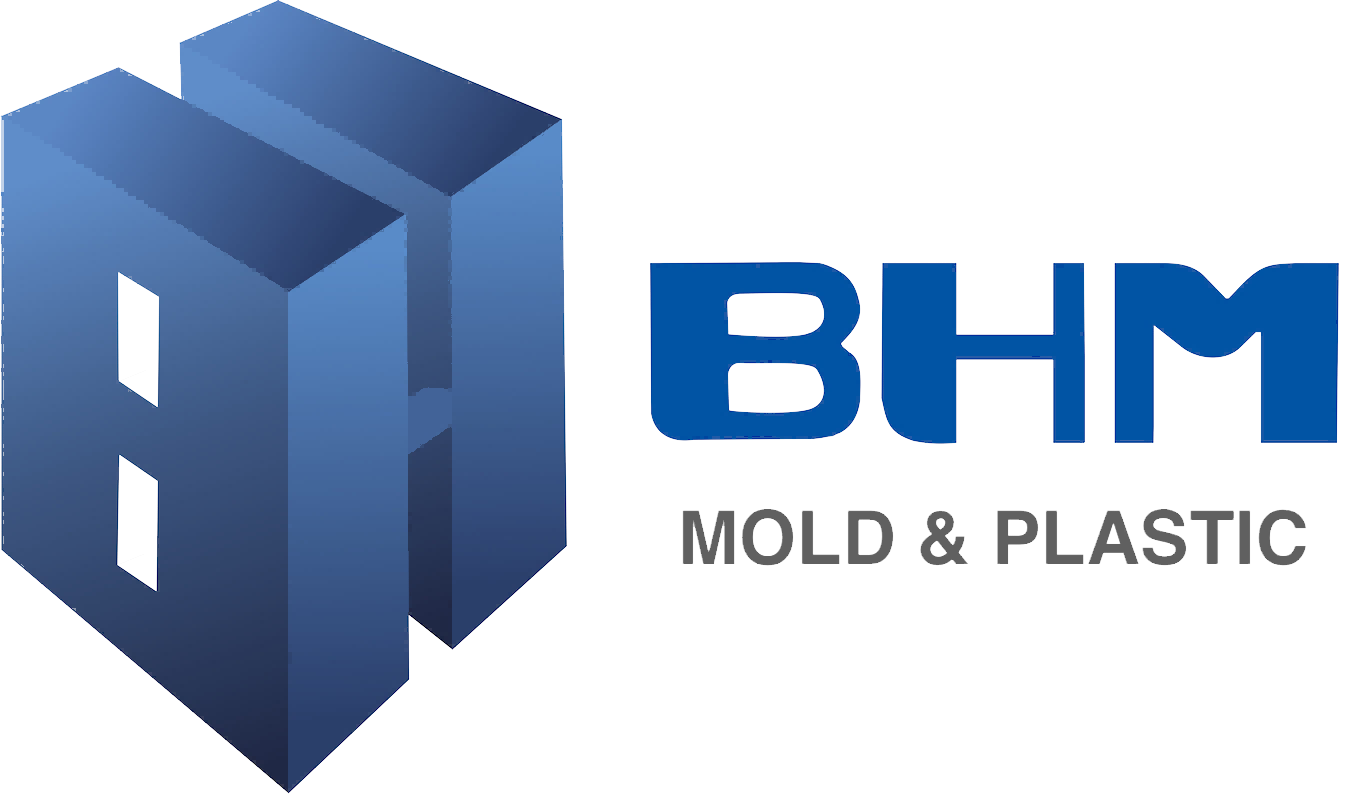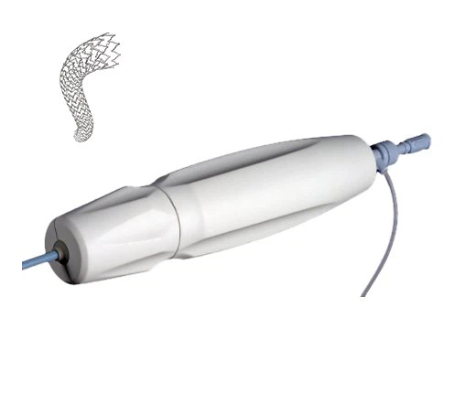Cost Efficiency Through OEM Molding Partnerships
Eliminating Equipment and Training Investments
Engaging in OEM partnerships can lead to significant cost savings by eliminating the need for hefty investments in molding machinery. Businesses are spared from the financial burden of purchasing expensive equipment, which often requires continuous maintenance and upgrades. This strategic collaboration also minimizes training costs, as OEMs employ skilled personnel adept with the latest technologies and methodologies in molding processes. According to industry reports, companies have experienced cost reductions of up to 30% by partnering with OEMs for their production needs. This invaluable savings reallocation allows companies to invest in other critical areas like marketing or product development, thereby streamlining and optimizing their overall business operations.
Optimizing Production Line Expenditures
OEM collaborations offer businesses the advantage of optimizing their production line expenditures by taking advantage of economies of scale and resource efficiencies. Through such partnerships, companies can access bulk purchasing discounts, reducing the costs associated with acquiring raw materials. Moreover, OEMs are proficient in utilizing equipment efficiently, ensuring production cycles are stable and minimizing waste. Many companies that have embraced these collaborations reported ROI increases as high as 20%, reflecting the financial efficiency of this approach. In essence, the strategic use of OEM molding partnerships significantly enhances production capabilities while keeping costs in check.
Access to Advanced Manufacturing Technologies
Leveraging State-of-the-Art Injection Molding Systems
State-of-the-art technology is crucial for improving product precision and reducing defect rates. By partnering with OEMs who utilize advanced injection molding systems, businesses can achieve high complexity in design and impeccable detail in production with minimal deviation. For instance, a study published in the Journal of Medicinal Food demonstrated that companies incorporating advanced injection molding techniques experienced a reduction in defect rates by up to 25%. Such systems enhance productivity through precise specifications, leading to consistent output across production runs. A case study on XYZ Corporation showed marked improvements in production outcomes when they partnered with OEMs for advanced molding systems, indicating a significant boost in overall productivity.
Benefiting from Continuous Process Improvements
OEMs commit significant resources to research and development, often resulting in continuous process improvements that benefit their partners directly. By investing in R&D, OEMs regularly update and upgrade their processes, ensuring their manufacturing partners have access to cutting-edge technologies. This not only enhances production throughput but also elevates the quality of the Products. For example, industry reports suggest that OEMs progress with an average of two major process enhancements annually, significantly impacting productivity and product quality. Regular updates from OEMs help sustain a high level of efficiency and competitiveness in the market, particularly for firms seeking to maintain a leading edge.
Scalability for Dynamic Market Demands
The ability to adjust production volumes swiftly is essential for businesses operating in markets with fluctuating demands. OEM partnerships provide a crucial advantage for scaling production rapidly, minimizing risks associated with over or underproduction. By leveraging the capabilities of OEMs, companies can adapt to changing market conditions more efficiently. This flexibility, which allows for swift scaling, becomes a critical competitive edge in industries characterized by unpredictable demand patterns. Market analyses consistently show that scalability through OEM relationships often leads to improved operational efficiency and better financial outcomes.
OEMs also play a vital role in accommodating strategies for seasonal demand fluctuations. By collaborating with OEMs, businesses can align their production processes with varying seasonal trends, optimizing for peak periods without incurring substantial financial burdens. The operational benefits of being able to respond proactively to these trends are substantial, often leading to increased sales. Successful seasonal campaigns supported by OEMs have consistently demonstrated the effectiveness of strategic adjustments in production to accommodate rising and falling market demands.
Incorporating seasonal demand accommodation strategies through OEM support allows businesses to maximize operational efficiency during peak times while maintaining a steady flow during off-peak periods. This approach not only balances supply with demand but also mitigates potential financial risks associated with seasonal fluctuations. The nimbleness afforded by OEM partnerships is instrumental in executing successful seasonal campaigns, as evidenced by numerous examples in the market.
Enhanced Quality Control Standards
ISO-Compliant Manufacturing Protocols
ISO compliance is crucial for maintaining high-quality manufacturing standards, especially in the realm of OEM molding. By working with OEM partners that adhere to ISO protocols, businesses can significantly mitigate risks and enhance customer satisfaction. For instance, ISO 9001 certification delineates standards that ensure consistency in quality management, which translates into reliability and durability for the products produced. Furthermore, such compliance often leads to stringent monitoring processes that catch potential errors early, thereby avoiding costly post-production fixes. Aligning with these protocols enhances the reputation of businesses and ensures high product reliability, fostering trust and long-term business relationships.
Multi-Stage Product Verification Processes
A meticulous multi-stage product verification process is instrumental in maintaining product quality through every manufacturing phase. This layered approach provides a robust framework that significantly minimizes defects and boosts product credibility in the marketplace. Each stage—from initial raw material inspection to final product testing—serves as a checkpoint to identify and correct errors early in the production cycle. For example, companies that engage in multi-stage verification often report reduced defect rates, ultimately culminating in higher customer satisfaction and loyalty. Data shows that organizations employing such exhaustive processes experience up to a 25% reduction in defect rates, showcasing the benefits of partnering with OEMs that prioritize comprehensive verification frameworks.
Strategic Resource Allocation Advantages
Focusing R&D on Core Business Competencies
Collaborating with OEMs enables businesses to streamline their focus on core competencies, such as research and development, enhancing innovation and performance. By leveraging OEM expertise in production, businesses can allocate their resources more effectively to areas that differentiate them in the market. This strategic focus not only improves business performance but also strengthens market standing. Industry specialists often highlight the importance of concentrating on core competencies as a means to drive growth and maintain a competitive edge. Partnering with an OEM allows companies to transform their R&D vision into reality, driving advancements while OEMs handle the intricacies of production.
Streamlining Supply Chain Management Efforts
OEM relationships are instrumental in creating efficient supply chain management processes, utilizing their established networks and proven methods to optimize operations. These partnerships result in significant cost savings due to lowered operational redundancies, which in turn reduce time-to-market for new products. Statistics show that effective OEM collaborations can enhance supply chain effectiveness, contributing to faster delivery times and reduced costs, which are critical components of competitive market strategies. By tapping into OEM networks, businesses streamline their supply chains, ensuring that products reach consumers swiftly and maintaining a steady supply of high-quality components.
Frequently Asked Questions (FAQs)
What are the main benefits of collaborating with OEMs for molding?
By partnering with OEMs, businesses can eliminate the need for investing in costly molding machinery and training, optimize production costs, and gain access to advanced manufacturing technologies. This collaboration also ensures better quality control and scalability for dynamic market demands.
How do OEM partnerships optimize production line expenditures?
OEM collaborations optimize production costs by leveraging economies of scale and resource efficiencies, including bulk purchasing discounts and efficient equipment use, which enhances ROI and maintains stable production cycles.
Why is ISO compliance important in OEM molding partnerships?
ISO compliance ensures high-quality standards are met, reducing risks and reinforcing customer satisfaction. It ensures consistent quality management, thus improving reliability and long-term business relationships through stringent monitoring processes.
How does collaborating with OEMs impact R&D focus?
Partnering with OEMs allows businesses to streamline their focus on core competencies, such as R&D, while leveraging OEM expertise for production. This enables more effective resource allocation and enhanced innovation and market differentiation.

